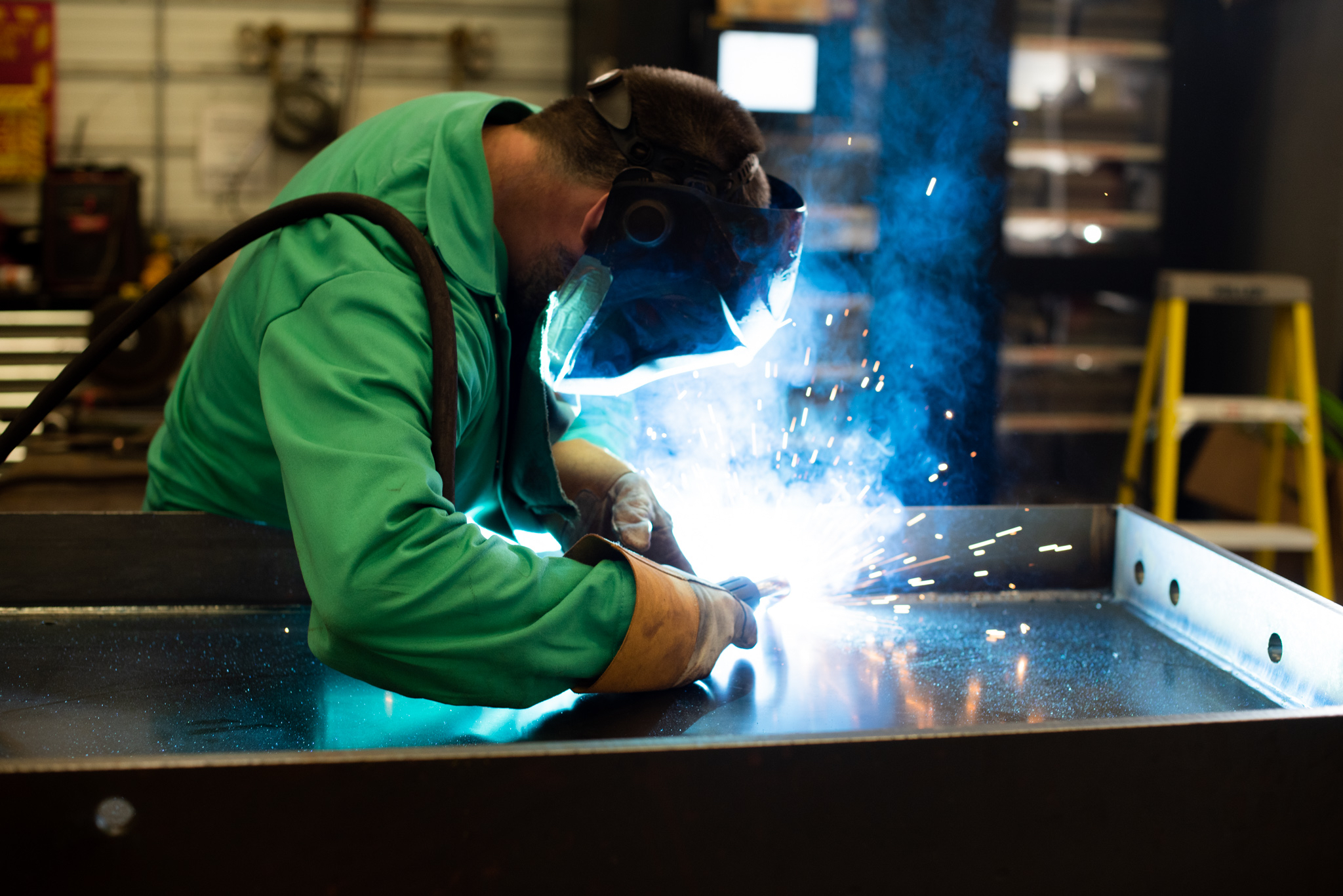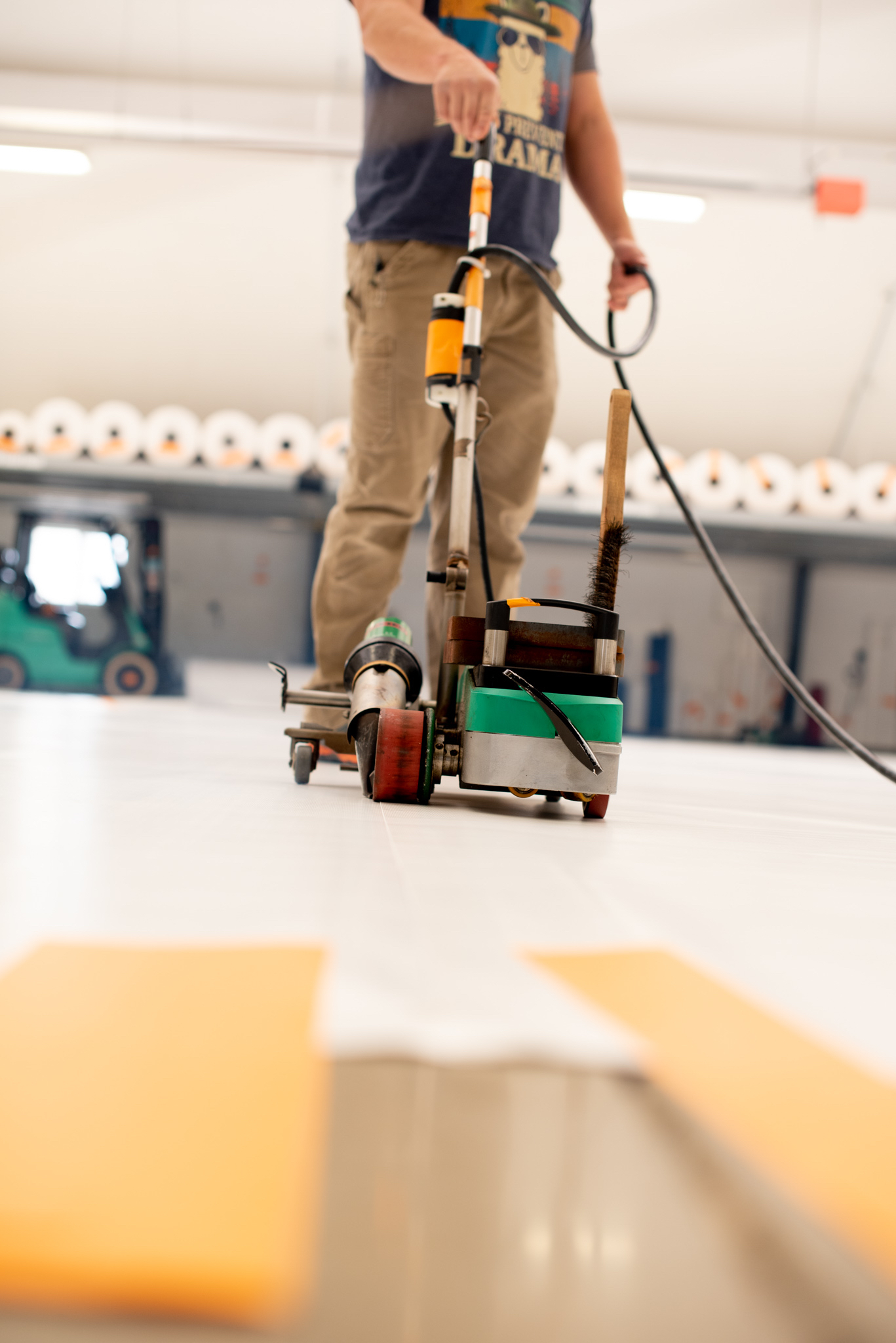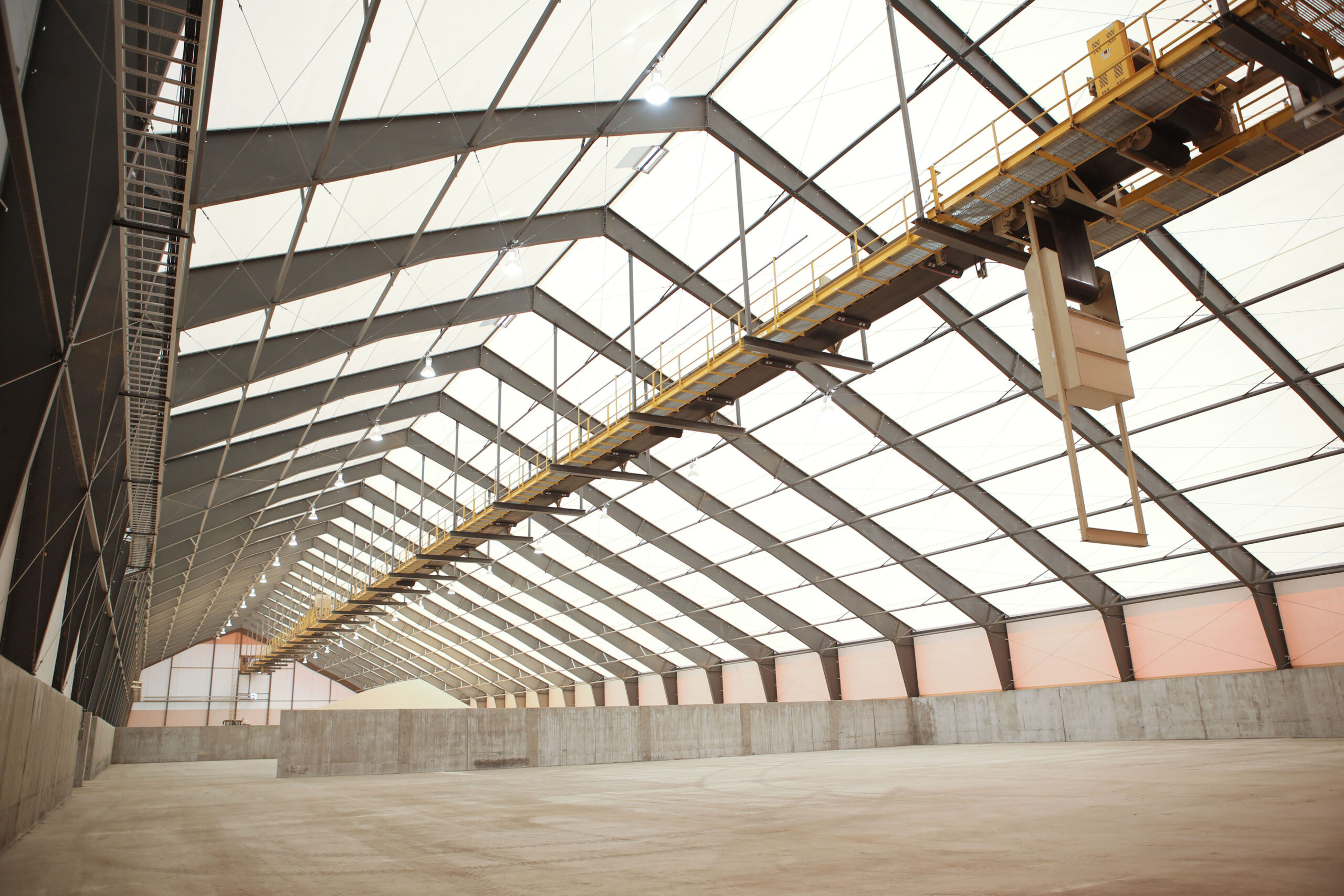Building True Service Partnerships
Fabric building companies offer several services to help ensure successful facility projects.
By Eric Donnay, Legacy Building Solutions
Decades ago, acquiring a tension fabric structure didn’t require much of a process. Most manufacturers offered fabric structures with predetermined dimensions, and building users essentially chose the standard size offering from the menu that came the closest to fitting their needs. It was simple, it was cheap, and it was fast— but it did not always yield an optimal result for the facility.
In some corners of the fabric structure industry, this type of situation still occurs. In others, leading manufacturers have exponentially stepped up their games. Today, users can procure a tension fabric building where every detail is developed with optimal utilization in mind. More importantly, the modern approach to supplying a fabric building is no longer a mere transaction—it comes with a full array of services to assist the customer during every step of the project.
Estimating
Simply getting a price quote for a fabric building may not feel like it qualifies as a service, and in the old days it often wouldn’t have been considered one. With a proper estimating process nowadays, however, customers are getting much more than a price. Manufacturers can offer significant value by taking the time to understand the customer’s needs and look at ways that a building can be appropriately customized.
While putting together an estimate, manufacturer salespeople can hone in on key details within the overall scope of specifications to determine the best overall footprint for the customer. What building height is needed? What potential loads need to be supported by the structural frame? Does the building need to be insulated? All relevant information should be collected at the beginning to ensure an accurate quote.
Depending on building use and complexity, a preliminary design may be provided as well. With budget in mind, the manufacturer might also share different options for the geometry of the structure to arrive at an ideal price point.
Engineering
Historically, all the engineering in a fabric structure took place before the supplier ever connected with the buyer. Companies relied on hollow-tube, web-truss framing and carried various pre-engineered, standard building sizes. Because they weren’t in a position to easily customize a structure for specific needs, any attempt to modify a standard offering typically caused the cost to grow disproportionately higher, making such changes impractical.
Things shifted dramatically more than a decade ago when Legacy Building Solutions introduced rigid-frame, I-beam engineering to tension fabric buildings. This innovation effectively made customized designs the norm for fabric structures, rather than the exception. And because I-beam engineering is universally accepted, it also delivered more engineering certainty and a level of confidence that web truss structures had often lacked.
With the rigid-frame approach, every building project begins with a clean sheet. Using finite element analysis (FEA) software, engineers work with the client to input the desired building dimensions while accounting for all other variables. The reliability of the software allows building plans to be rendered within days. Leading manufacturers are able to further expedite the process by employing their own in-house engineers, which serves to both enhance communication and to avoid any lags in response time that can occur for those who outsource their engineering.
The conventional nature of I-beam engineering has opened a number of avenues for fabric buildings. The curved “hoop” shape of web truss structures made it impossible to control water runoff from the fabric roof; but with a rigid frame, gutters and downspouts can be easily implemented. Large, heavy hangar doors or hanging loads can be readily supported by the I-beam framing. For some applications it’s even feasible to tie a fabric structure into an existing brick-and-mortar building when looking at facility expansion options.
Contracting

When working with companies like Legacy that handle all services in-house, not only can the fabric building itself be customized, but contracts can be as well. Some entities may have to handle payment terms in a certain fashion, or they might require different aspects of the job to have separate contracts. Any number of situations can arise.
Having multiple contractors involved in a job always leads to some level of communication complexity. It all becomes far easier when the building manufacturer is involved from start to finish – with one main point of contact who is not just coordinating the project, but who is actually employed by the company responsible for every phase of the construction process.
Designing

The design phase of a tension fabric structure project builds upon the early engineering work to go deeper into the drafting and designing of the building plans. It can be daunting for customers—especially those who are working on only their first or second project—to wrap their arms around all the different details that must be accounted for when designing a customized fabric structure.
The manufacturer’s drafting department helps ensure that all bases are covered. For example, a building might require mechanical systems, light fixtures, sprinkler systems, and overhead cranes to all be suspended from the ceiling. The possible placement of these items will be assessed and discussed with the client, all with the understanding that these components must jive together and not interfere with each other in the final layout. Furthermore, the weight of these kinds of hanging loads must be accounted for when engineering the individual I-beams within the structural frame.
For especially large complexes, the drafting team will also work closely with the general contractor to ensure all details are correct before they’re finalized. This is yet another situation where a manufacturer with in-house drafters will be better positioned to design a building successfully, based on having direct lines of communication with all parties and a deeper involvement with the other phases of the project.
Proper design should not be taken for granted. Some industry horror stories involve companies supplying non-insulated structures to customers who require climate-controlled buildings in order to meet the latest energy codes – and then not disclosing that they didn’t meet code until it was too late. The fact is that some suppliers have dedicated salespeople for every industry niche, while others may be trying to sell the same basic type of structure to all corners of the market; unfortunately, the finer details of a situation can sometimes get lost with the latter approach.
Tension fabric buildings are utilized in all kinds of public and private applications, ranging from agriculture, solid waste and mining to aviation, athletics and event centers. The needs and requirements of building users can vary significantly, and it’s critical that the manufacturer understands both major and minor design differences.

Communication
The most obvious service offered by fabric structure suppliers, but definitely not always the best executed one, is communication. For manufacturers with a basic product offering, the customer might only communicate with them once during the sale and again upon delivery, leaving all other details in the hands of other involved parties.
Other companies put a higher value on communication’s role in the process, scheduling regular meetings with customers to give progress reports. Furthermore, buyers can essentially contact just one person at the company to get their questions answered, versus having to wade through different departments or talk to multiple companies handling various aspects of the job.
Internal communication is another key to success. For one-stop-shop suppliers, this includes the physical manufacturing processes. Legacy fabricates its own steel I-beams at its factory and employs its own full-time Certified Welding Inspectors to thoroughly inspect all steel components. Legacy also has an on-site fabric plant where PVC fabric panels are properly stored and cut to the correct specifications. And because in-house manufacturing personnel work under the same roof as the design engineers, any issues can be directly discussed without causing project delays.

Installation
It’s not uncommon for a tension fabric structure supplier to not actually see a project through to its completion. Many companies hire local subcontractors to have their buildings erected. In other cases, they’ll even leave it to the customer to hire their own assembly team. In either situation, the people doing the construction work may not have much experience with putting up fabric structures.
Manufacturers like Legacy maintain the hands-on approach to the very end, utilizing their own professional in-house crews for every installation. With specific training on I-beam construction and fabric panel tensioning, these crews are in a far better position to get every detail right—ultimately delivering a building with the proper fit and finish that will hold up against the elements over its lifespan.
Service Comes Full Circle
For complex facilities, the structure itself may be completed, but more interior or exterior construction might need to take place on the backend before the building can be fully operational. Staying in touch and helping facilitate this additional work, even if not contractually obligated, is a responsibility that leading manufacturers take very seriously.
One size does not fit all for a new facility, nor does it fit every business relationship between the purchaser of a fabric building and the manufacturer supplying it. Some companies view a fabric structure purely as an item they sell, while others commit to offering service at every phase—from the initial conversation, all the way through the final walkthrough, to make sure everything turns out exactly as envisioned. Being a true partner with the customer and providing a service-based approach is the surest way to successfully complete a tension fabric building project.
source https://csengineermag.com/building-true-service-partnerships/
تعليقات
إرسال تعليق